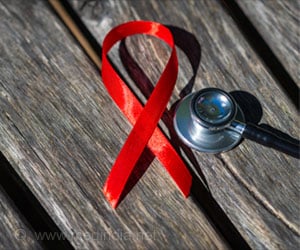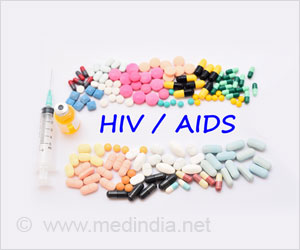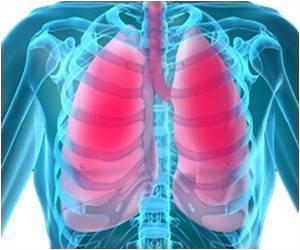More than 570,000 children under the age of 15 die of AIDS every year - most having contacted HIV from their mothers
More than 570,000 children under the age of 15 die of AIDS every year - most having contacted HIV from their mothers - states a new global report highlighting concerns about the low access to antiretroviral treatment (ART).
The report by the World Health Organization (WHO) and the Joint United Nations Programme on HIV/AIDS (UNAIDS) shows the number of people on HIV ART in low- and middle- income countries more than tripled to 1.3 million in December 2005 from 400,000 in December 2003.Yet it is not enough, particularly in case of pregnant women, most of who fail to get the treatment to prevent the transmission to their children.
"One notable area of concern is access to therapy to prevent mother-to-child HIV transmission, which remains unacceptably low. Between 2003 and 2005, fewer than 10 percent of HIV-positive pregnant women received antiretroviral prophylaxis before or during childbirth," the report released Wednesday says.
"As a result, 1,800 infants were born with HIV every day. Each year over 570,000 children under the age of 15 die of AIDS, most having acquired HIV from their mothers," it says.
While the new report found no systematic bias against women in ART access, rates of coverage for women varied. In some countries, more women receive treatment than men.
"Two years ago, political support and resources for the rapid scale-up of HIV treatment were very limited," says WHO Director-General Lee Jong-wook.
Advertisement
Launched by WHO and UNAIDS on World AIDS Day - Dec 1 2003 - '3-by-5' aimed at providing treatment to three million people in low and middle-income countries by the end of 2005.
Advertisement
Significant proportions of this funding was provided by the US president's Emergency Plan for AIDS Relief, the Global Fund to Fight AIDS, TB and Malaria and the World Bank.
During the same period, the price of first-line treatment decreased by between 37-53 percent, depending on the regimen used.
While important advances in HIV treatment access have been achieved in the past two years, the report also acknowledges that, despite the efforts of many partners and significant funding from a number of donors, the '3-by-5' strategy fell short of its ambitions.
Obstacles to scaling up HIV treatment and prevention highlighted in the report include poorly harmonised partnerships, constraints on the procurement and supply of drugs, diagnostics and other commodities, strained human resources capacity and other critical weaknesses in health systems.
UNAIDS estimates the gap between available resources and those needed is US$18 billion for 2005-2007, and that at least $22 billion per year will be needed by 2008 to fund comprehensive national HIV prevention, treatment and care programmes.
--Edited IANS











